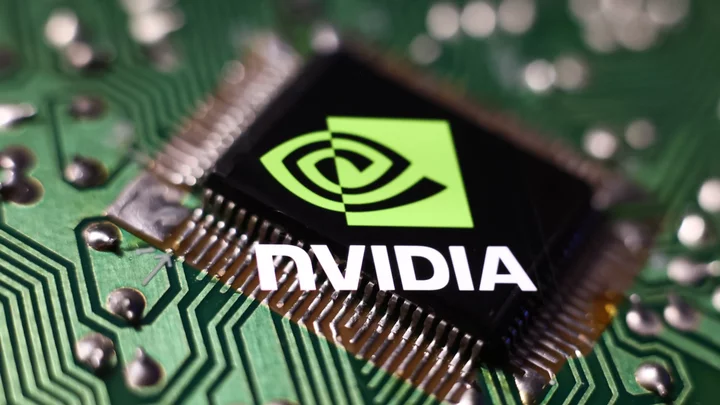
Netflix Earnings Are Coming. Why a Bull Trimmed His View on the Stock.
Netflix might not report immediate margin benefits from its crackdown on password sharing and the introduction of advertising-supported streaming.
2023-10-16 20:52

Weak Gaming GPU Sales Don't Matter for Nvidia as It Faces AI Gold Rush
Nvidia's GeForce RTX 4000 series is struggling to reignite demand for PC graphics cards, but
2023-05-25 23:49

Who is Andrew Tate's celebrity crush? Misogynistic influencer has eyes for 'some feminist crap'
In December 2022, Andrew Tate opened up about his celebrity crush on a podcast with millionaire YouTuber Lana Rose and Mo Vlogs
2023-08-08 15:27

Can You Refund Your Fortnite Account?
Players can get refunds to their Fortnite accounts by contacting Epic Games or applying for a FTC refund for purchases from January 2017 to September 2022.
2023-09-28 03:49

Find out why these TVs are such great value
In the current Smart TV market, there is a war going on for your eyeballs.
2023-06-28 14:27

Nextracker and Asteelflash/USI Open New Electronics Manufacturing Line for U.S. Solar Power Plants
FREMONT, Calif.--(BUSINESS WIRE)--Aug 8, 2023--
2023-08-08 21:22

FPT Software Joins Scaled Agile Partner Network
HANOI, Viet Nam--(BUSINESS WIRE)--Jul 20, 2023--
2023-07-20 15:29

Does xQc co-own 'GTA' roleplay server NoPixel? Who are his other partners?
xQc announced that he was co-owner of the well-known 'GTA' roleplay server NoPixel
2023-05-31 19:24

Binance.US Set to Be Cut Off From Banking System After SEC Lawsuit
Binance.US is being cut off from its banking partners in the fallout from a Securities and Exchange Commission
2023-06-09 12:51

Chatbots sometimes make things up. Not everyone thinks AI's hallucination problem is fixable
Spend enough time with ChatGPT and other artificial intelligence chatbots and it doesn’t take long for them to spout falsehoods
2023-08-01 16:59

8x8 Appoints Samuel Wilson as CEO
CAMPBELL, Calif.--(BUSINESS WIRE)--May 31, 2023--
2023-05-31 20:53

Driven by AI boom, TSMC to invest $2.9 billion in advanced chip plant in Taiwan
By Sarah Wu and Yimou Lee TAIPEI (Reuters) -Driven by a surge in demand for artificial intelligence, Taiwanese chip maker
2023-07-25 11:27
You Might Like...

Echelon Risk + Cyber Welcomes Chad LeMaire as Chief Security Officer

The Energy Chief Trying to Show Sunak That the UK Needs Carbon Capture

Alibaba Saw Singles Day Sales Growth, but Don’t Call It a Win for China’s Economy

Apple Labor Day Sale: Discounts Available Now on iPads, MacBooks, AirPods, More

Chef Jose Andres Wins Exemption for Gas Stoves in New Restaurant

This foldable desk makes it possible to work from almost any location

Scholz Pledges Swift Budget Overhaul After Court Slapdown

BMW Backtracks From Charging Subscriptions for Heated Seats
